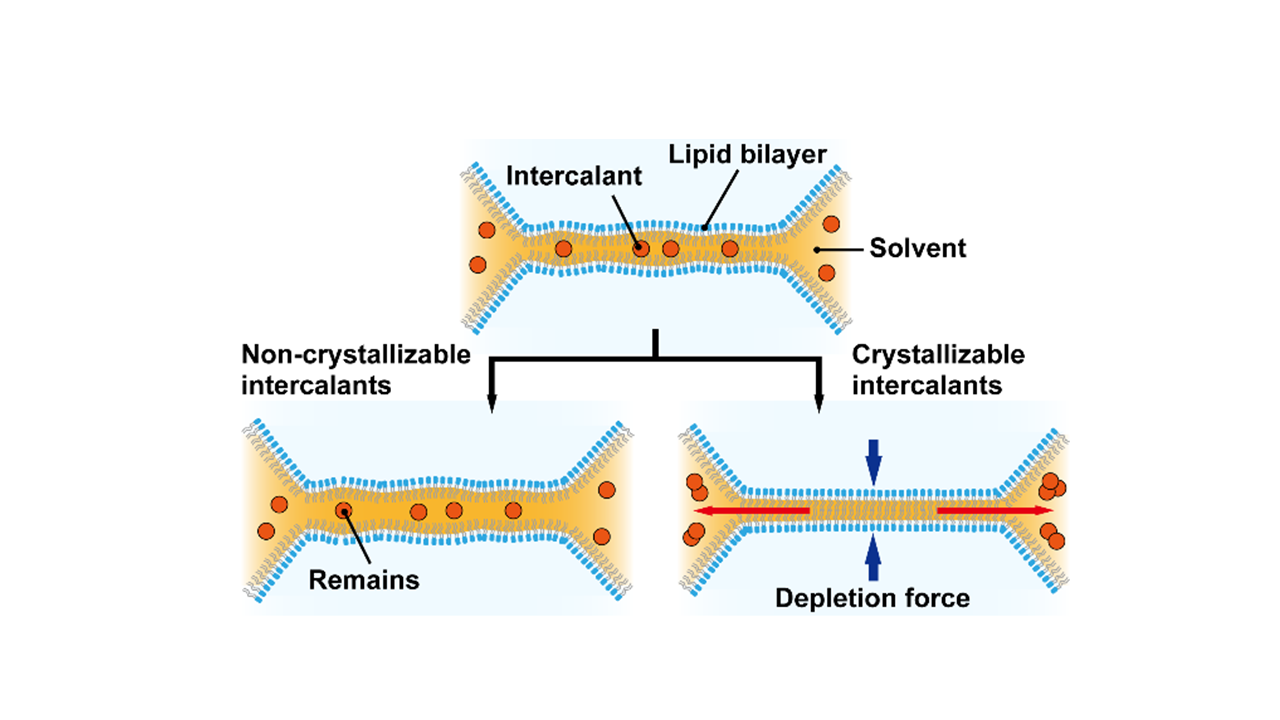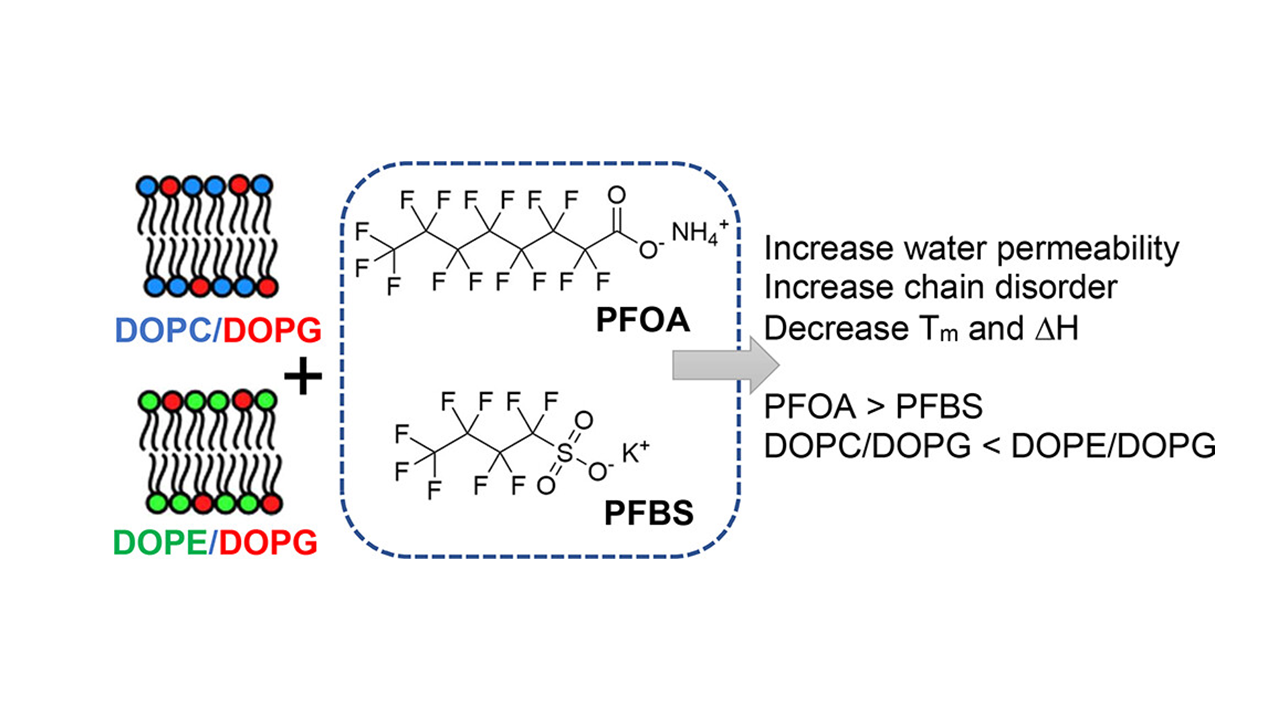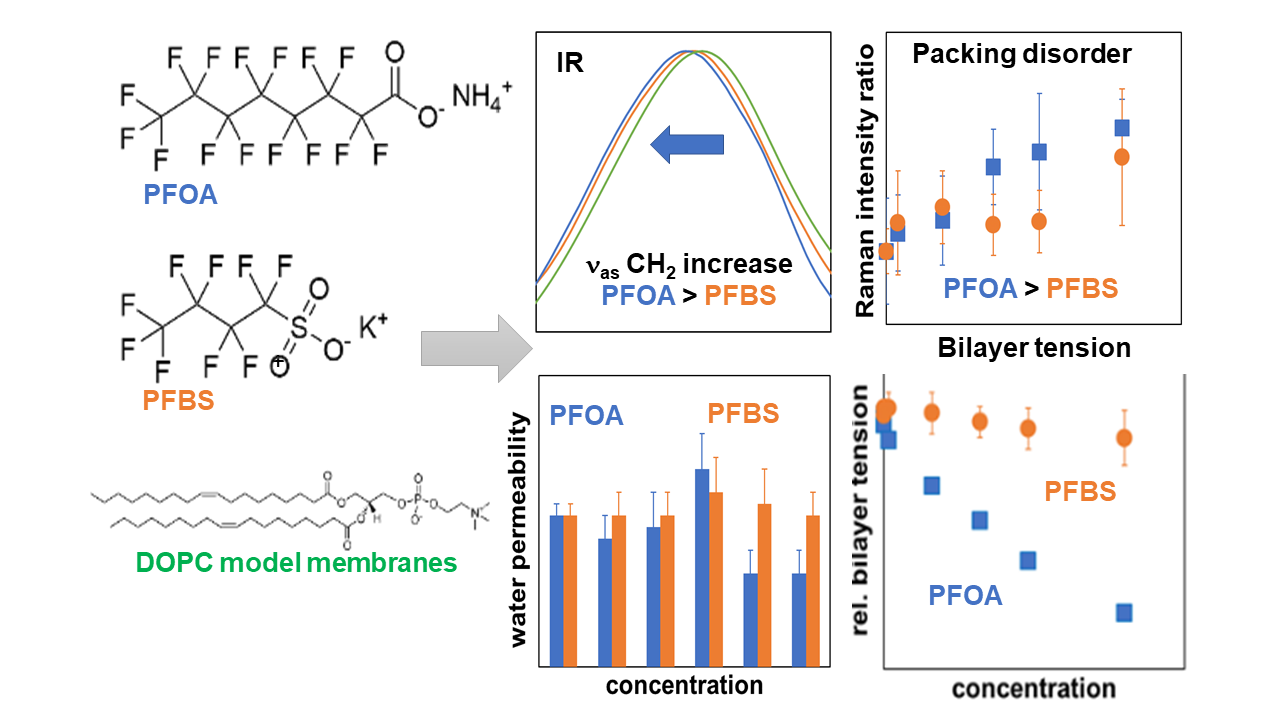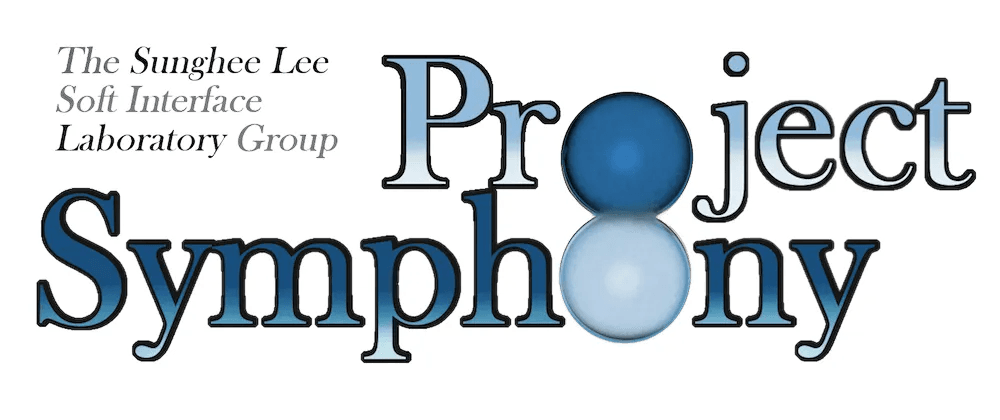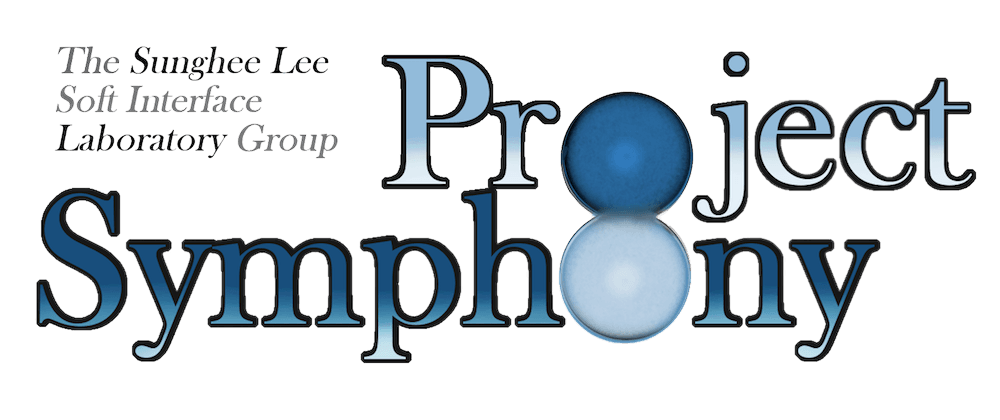The Project Symphony team publishes another research paper of 2022 in peer-reviewed Membrane Biology journal
The Project Symphony is very proud to publish another peer-reviewed research article! It is the joyful product of our hard work and time spent in the laboratory over Summer 2021. The journal article is titled "Resveratrol decreases membrane water permeability: a study of cholesterol-dependent interactions", in The Journal of Membrane Biology, a Springer Publication.
This paper is coauthored by seven undergraduates, Jasmin Ceja-Vega ('23 Biochemistry), Escarlin Perez ('22 Biochemistry), Patrick Scollan (’21 Chemistry), Juan Rosario (’21 Chemistry), Alondra Gamez Hernandez ('23 Biochemistry), Katherine Ivanchenko (’23 Chemistry), Jamie Gudyka ('24 Biochemistry), under the mentorship of Dr. Sunghee Lee.
Resveratrol (RSV) is a biologically active plant phenol and is found in many foods, including grapes and red wine. It has been suggested that RSV has a broad range of beneficial pharmacological activities for potential therapeutic applications, as an antioxidant and anticarcinogenic agent. This study examines interactions of RSV with model membranes having varying concentrations of cholesterol (Chol), mimicking normal and cancerous cells. The perturbation of the model membrane by RSV is sensed by changes in water permeability parameters, using Droplet Interface Bilayer (DIB) models, thermotropic properties from Differential Scanning Calorimetry, and structural properties from confocal Raman spectroscopy. The nature and extent of interactions greatly depend on the presence and absence of Chol as well as the concentration of RSV. Combined results from these investigations highlight a differential effect of RSV on Chol-free and Chol-enriched membranes. These results provide increased understanding and effective use of resveratrol in disease therapy including cancer.
Congratulations to the project team!
